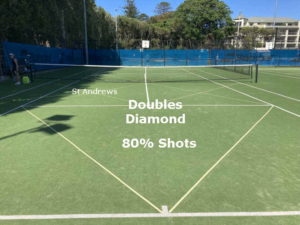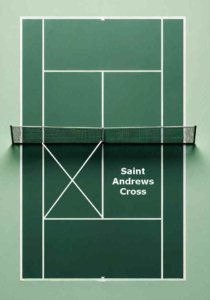The Power of Doubles in Player Development: A Case Study with Mirra Andreeva
In an era where rising young pross often sideline doubles to chase individual rankings, 17-year-old Mirra Andreeva offers a compelling counterpoint. Her recent performances on tour showcase not just a growing singles game, but a commitment to doubles as a tool for growth—both on and off the court.
Following her singles title at Indian Wells, Andreeva partnered with close friend and compatriot Diana Shnaider to claim the Miami Open doubles crown. In the final, they defeated Spain’s Cristina Bucsa and Japan’s Miyu Kato with a score of 6–3, 6–7(5), [10–2]. A long rain delay couldn’t dampen their spirits—if anything, it brought out their humor and chemistry.
Rather than retreating after early singles exits in Miami (Andreeva in the third round, Shnaider in the second), they played doubles—and found something even more valuable.
“We always make fun of ourselves,” Andreeva said. “If she hits an amazing shot, I’m like, ‘Are you Roger Federer?’ That joke fires her up, and then she plays even better.”
This kind of levity is rare in the intense one-on-one combat of singles. For young players navigating the emotional grind of the tour, doubles offers a critical release valve—a space where joy and connection coexist with competition.
Shnaider, who’s had a more turbulent singles season, echoed that sentiment:
“I need some jokes on court. I need smiles. I need to have some talks with a partner. It helps release the stress and tightness.”
Andreeva’s approach reflects key principles in performance psychology. Emotional regulation, connection, and humor aren’t just “nice-to-haves”—they directly impact resilience, confidence, and long-term motivation.
Their Miami title marks their second together as a team, following their run to Olympic silver last August. Each time, the message is the same: doubles isn’t just about tactics—it’s about staying grounded.
“When we play doubles, we both don’t like when it’s very tense,” Andreeva noted. “So we try to chill a bit, make jokes, and just enjoy the match together.”
Why Doubles Matters—Even at the Club Level
The benefits of doubles aren’t limited to rising pros. For average club players, doubles offers a lower-impact yet highly strategic alternative to singles that can extend competitive longevity. It sharpens volleying, positioning, teamwork, and communication—skills often overlooked in baseline-heavy singles play.
More importantly, it fosters camaraderie and community, reducing the pressure of solo performance while keeping the competitive edge sharp. Players often discover that their singles game improves simply by enhancing their awareness, shot variety, and net instincts—all honed in doubles.
On a personal note, my earliest competitive successes came in doubles—long before I truly understood how to play singles. It gave me the confidence, match toughness, and tactical awareness that eventually translated into my singles game.
A Development Path Worth Backing
Coaches and parents should take note. Encouraging elite juniors to start playing doubles isn’t a distraction—it’s a development strategy. Doubles sharpens instincts, builds tactical awareness, and most importantly, teaches young athletes how to navigate stress with perspective and support.
Andreeva may be on a fast track in singles, but her investment in doubles is what’s keeping her centered. And in the long run, that might be the edge that truly sets her apart.




